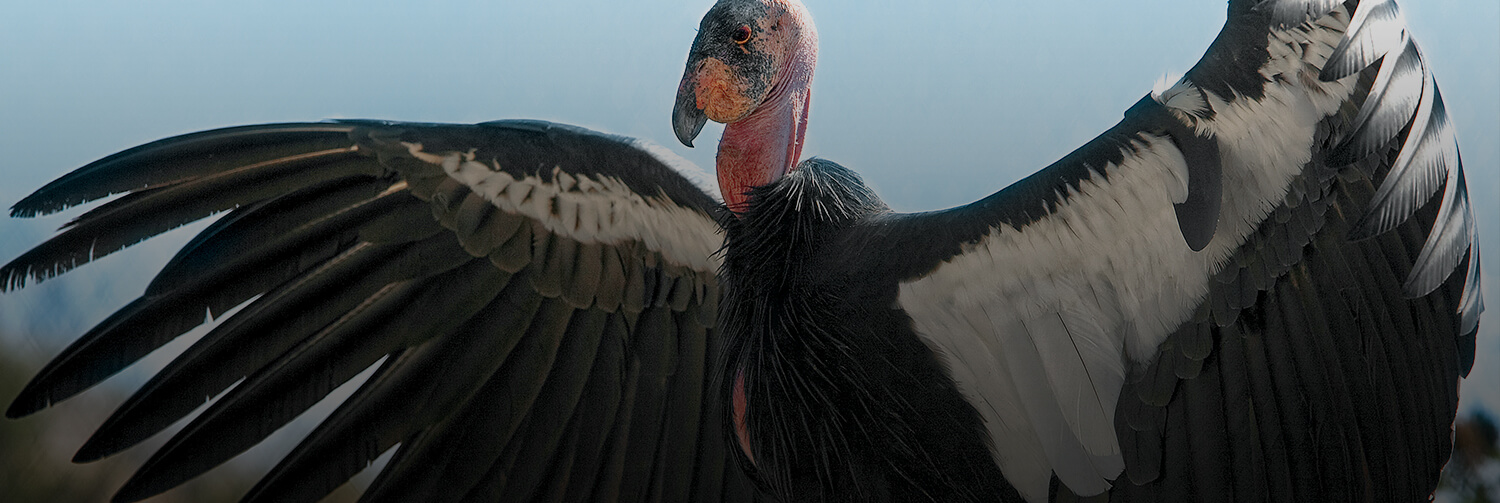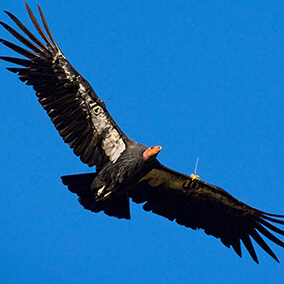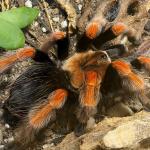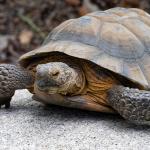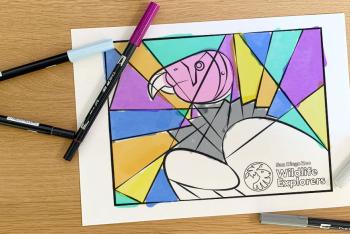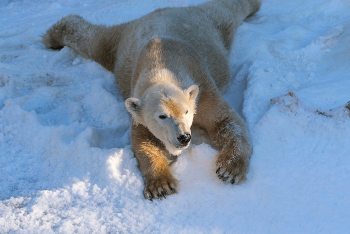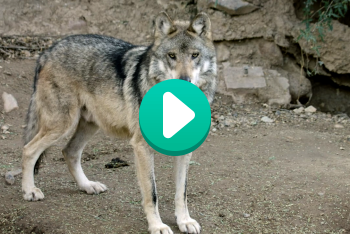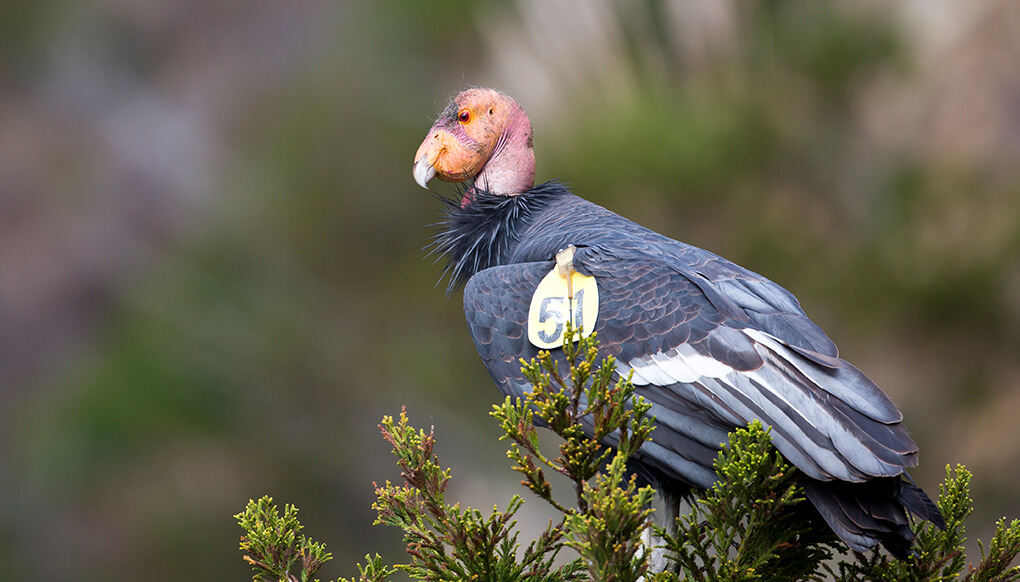
California condor

Birds


Endangered
facts
An adult California condor stands about 4 feet tall.
Condors are a type of vulture. They feed on carrion—animals that have died.

description
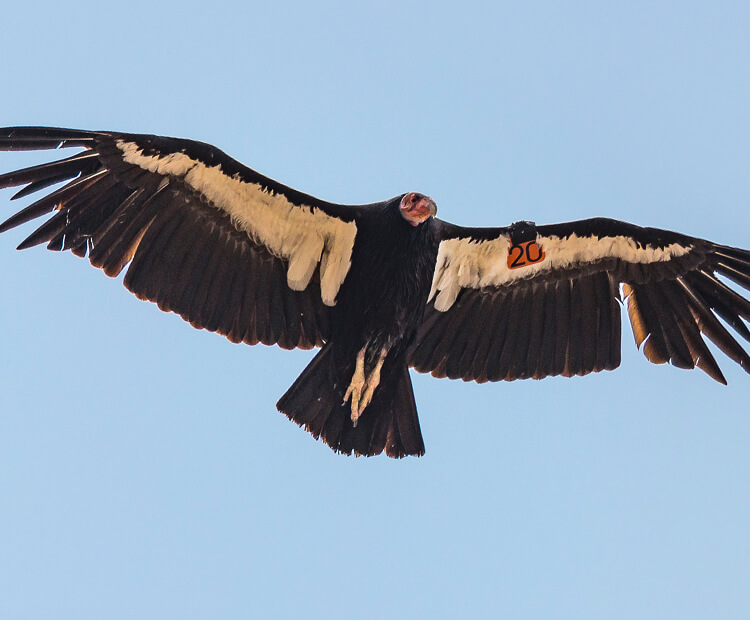
Wing power
With its huge wings, a flying condor is quite a sight in the sky! Some Indigenous peoples of North America have stories about how its flapping wings make thunder. That's how these vultures got the nickname "thunderbird."
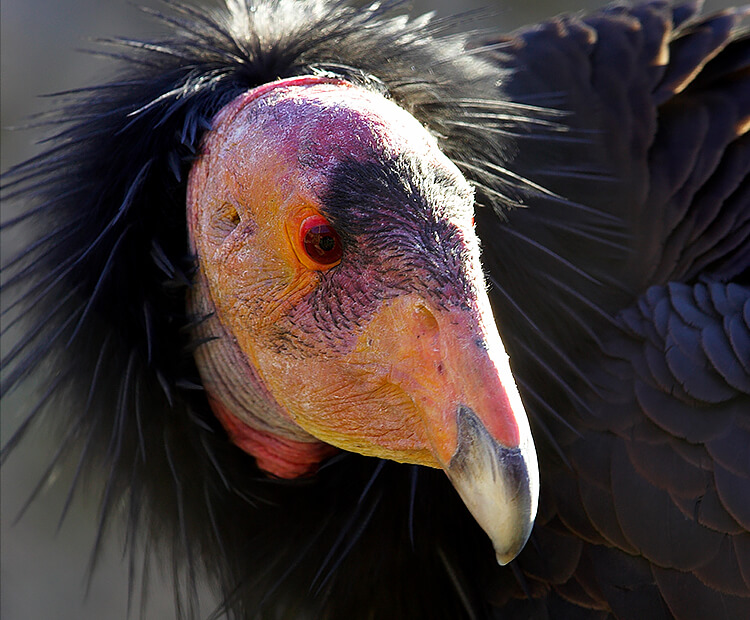
Keeping clean
Most birds have feathered heads, but not condors! Although their bald head looks strange to us, it helps them stay healthy. A feeding condor reaches deep into a dead animal—think of all the mess that makes on their head. They can't groom the top of their head, so feathers there would stay gunked up. Instead, the sun dries the debris until it flakes off, leaving a clean head.
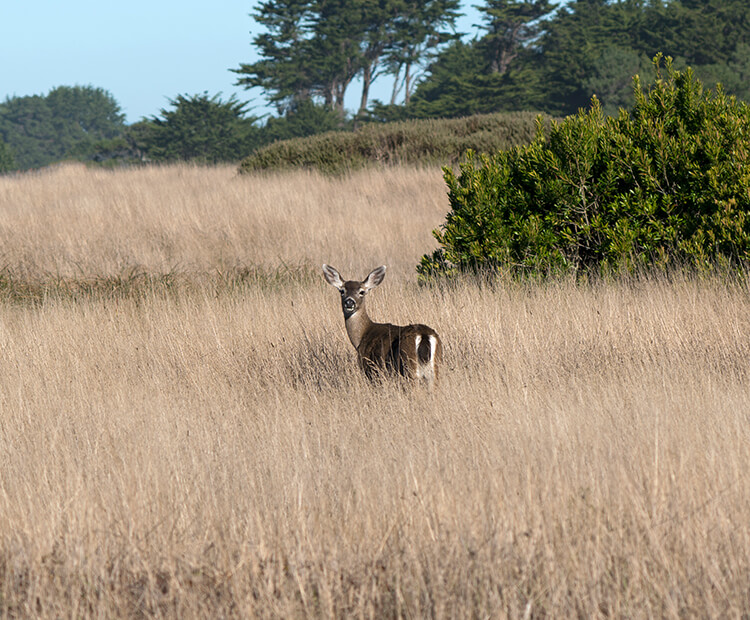
Cleanup crew
By eating animals that have died, condors help to keep disease under control in their habitat. They have very strong stomachs that are not affected by the bacteria in rotting meat. They mostly eat large animals like deer, cattle, and sheep, but they also eat dead rabbits, rodents, and fish. They don't eat every day—sometimes they go two to three days between meals.

Manners matter
These birds often gather in groups to feed, and there are "rules" about who eats when! The "boss" birds use body language to tell other condors to wait their turn. Although they don't make many noises, they do grunt and hiss to get their message across. Adult males and females form pairs to build a nest and raise young. They fly alone during most of the year, but will look for the same mate each year.
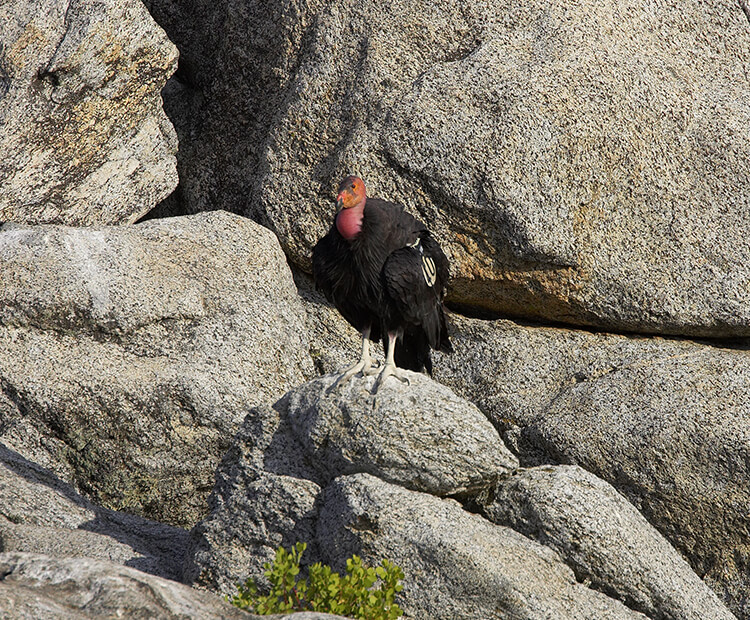
Tip-top nests
A cliff ledge, a high cave, or a hole in a very large tree are the kinds of spots condors like to nest in. They don't bring any plant material in—just lay their egg on the floor. They usually only care for one egg each season, but if something happens to that egg, the female lays another. Both the male and female sit on the egg to keep it warm. When the chick hatches, both parents feed and groom their baby.
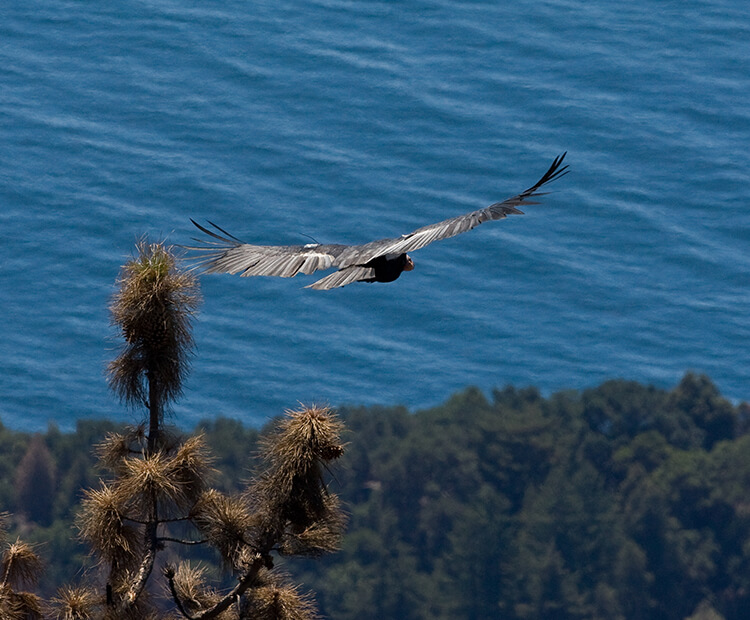
A wing up
In the 1980s, there were only 22 California condors left in the wild. A decision was made to bring them all into a couple of zoos—including the San Diego Zoo and the Safari Park—for protection. With our partners, we began breeding condors—and as the population grew, we were able to release some into the wild. Today there are around 500 California condors on the planet, and more than 220 flying free! You can watch a California condor chick grow up on Condor Cam.

